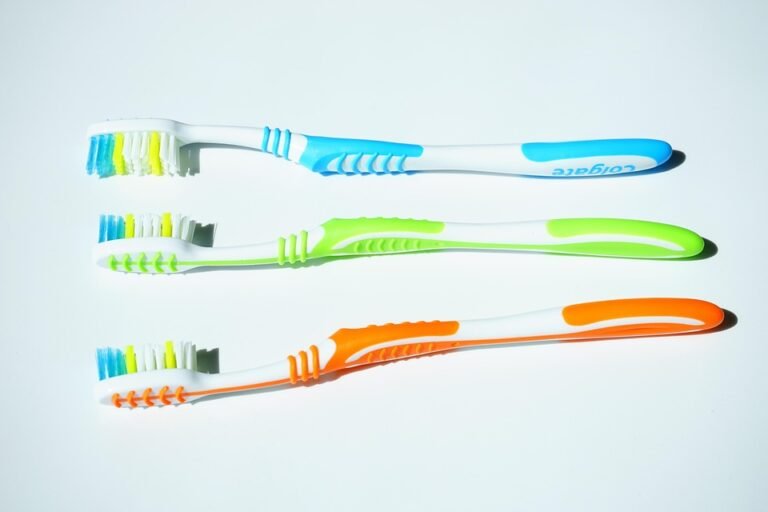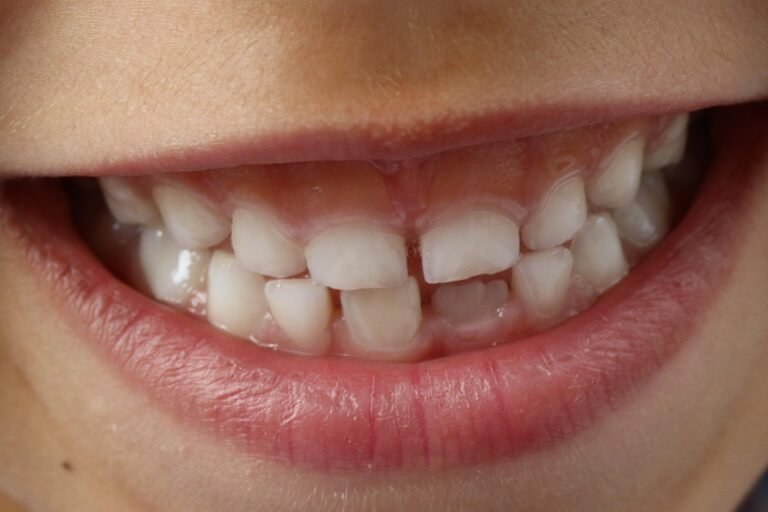Why are ergonomic dental instruments important?
Okay, so I’m a dental hygiene student about to graduate and enter the real world. We’ve touched on ergonomics in class, but honestly, it felt like a checkbox item. My instructors talked about posture and instrument grasp, but didn’t really hammer home why it matters so much beyond "it’s good for you."
I’m starting to look at instrument sets and the ergonomic ones are noticeably more expensive. I’m wondering if the extra cost is really worth it, or if it’s just clever marketing.
Specifically, I’m concerned about things like:
- Will using non-ergonomic instruments lead to career-ending injuries? How common are those?
- What are the immediate benefits of ergonomic instruments during a scaling? Do they actually make the job easier or more efficient?
- Are there different types of ergonomic designs that are better than others? Like, are thicker handles better than lighter handles, or vice versa? Is it all just personal preference?
- I’m a smaller person with smaller hands. Is finding the right ergonomic instrument even more important for me?
I just want to understand the real-world implications. Are ergonomic instruments a luxury or a necessity for a long and healthy career? Any advice or experiences from seasoned hygienists would be greatly appreciated! Thanks!
Answer
Ergonomic dental instruments are important for a multitude of reasons, primarily focusing on the health and well-being of dental professionals and the quality of care they provide to patients. These benefits can be categorized into three main areas: preventing musculoskeletal disorders (MSDs), improving efficiency and productivity, and enhancing the quality of patient care.
Preventing Musculoskeletal Disorders (MSDs):
The repetitive and often forceful movements required in dentistry place significant strain on the musculoskeletal system. Dental professionals are at high risk for developing MSDs, which can affect the neck, shoulders, back, wrists, hands, and fingers. Ergonomic instruments are designed to minimize these stresses.
- Reduced Force Exertion: Ergonomic instruments often have larger diameters, lighter weights, and textured surfaces. These features allow clinicians to maintain a secure grip with less force. Traditional instruments may require a tight pinch grip to maintain control, leading to fatigue and strain. Ergonomic designs distribute the force more evenly across the hand, reducing pressure on individual joints and tendons.
- Improved Posture: Ergonomic instruments encourage a more neutral wrist and hand position. This means that the wrist is straighter and less deviated, both radially and ulnarly. Traditional instruments often require awkward wrist positions to access certain areas of the mouth. Maintaining a neutral posture minimizes stress on the wrist joint and reduces the risk of carpal tunnel syndrome and other wrist-related MSDs. Furthermore, lighter weight instruments reduce the tendency to hunch over the patient, promoting better neck and back posture.
- Decreased Repetitive Movements: While dentistry inherently involves repetitive movements, ergonomic instruments can help minimize the number and extent of these movements. Sharper instrument edges, enhanced designs and angles for better access to difficult-to-reach areas can allow clinicians to achieve the desired results with fewer strokes. This reduces the overall stress on the muscles and tendons.
- Reduced Vibration: Some dental procedures, such as using ultrasonic scalers or handpieces, can generate significant vibrations. Prolonged exposure to vibration can lead to vibration-induced white finger (VWF) or hand-arm vibration syndrome (HAVS). Ergonomic instruments may incorporate vibration dampening materials or designs to minimize the transmission of vibrations to the hand and arm.
Improving Efficiency and Productivity:
Ergonomic instruments not only protect the clinician’s physical health but also contribute to improved efficiency and productivity in the dental practice.
- Reduced Fatigue: When clinicians are less fatigued due to reduced physical strain, they can maintain focus and concentration for longer periods. This leads to fewer errors and improved efficiency throughout the day.
- Increased Speed and Precision: Ergonomic instruments with enhanced designs and sharper cutting edges allow clinicians to work more quickly and precisely. They can achieve desired clinical outcomes with fewer strokes and less effort, ultimately saving time.
- Improved Comfort and Control: When clinicians are comfortable and have better control over their instruments, they can perform procedures more confidently and efficiently. This leads to a smoother workflow and reduced treatment time.
- Reduced Sick Leave and Downtime: By preventing MSDs, ergonomic instruments help reduce the need for sick leave and downtime due to injury. This ensures that the dental practice can maintain its schedule and productivity levels.
Enhancing the Quality of Patient Care:
The benefits of ergonomic instruments extend beyond the clinician’s well-being and impact the quality of care provided to patients.
- Improved Precision and Control: Ergonomic instruments provide enhanced precision and control, allowing clinicians to perform procedures more accurately. This leads to better clinical outcomes and reduced risk of complications.
- Reduced Patient Discomfort: When clinicians can work more efficiently and precisely, patient treatment time is often reduced. This minimizes patient discomfort and anxiety. Furthermore, instruments that require less force can lead to less tissue trauma, reducing post-operative discomfort.
- Enhanced Access: Certain ergonomic instruments are designed with angles and shapes that provide better access to difficult-to-reach areas of the mouth. This allows clinicians to provide more thorough and effective treatment, leading to improved oral health outcomes for patients.
- More Thorough Treatment: Because ergonomic instruments reduce fatigue and improve control, clinicians are able to deliver more thorough and detailed treatment. This leads to better prevention and management of oral diseases.
- Professionalism: Using high-quality, ergonomic instruments demonstrates a commitment to providing the best possible care for patients. It enhances the perception of professionalism and expertise within the dental practice.
In summary, ergonomic dental instruments are essential for protecting the health and well-being of dental professionals, improving efficiency and productivity in the dental practice, and enhancing the quality of care provided to patients. The investment in ergonomic instruments is an investment in the long-term health and success of the dental team and the oral health of their patients.






